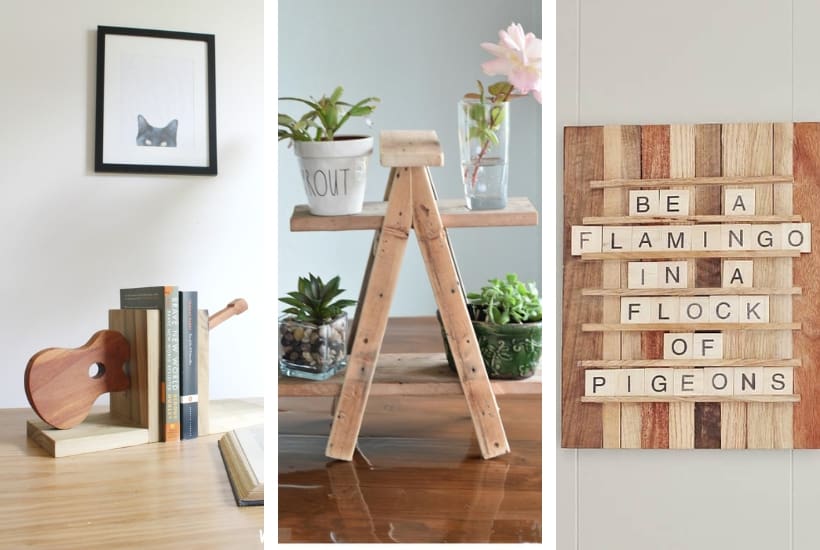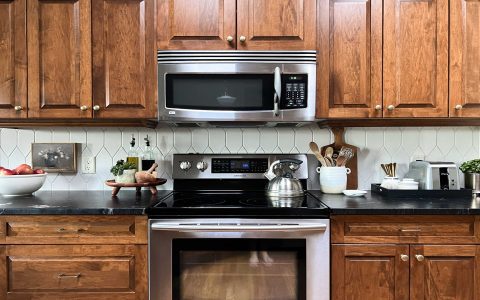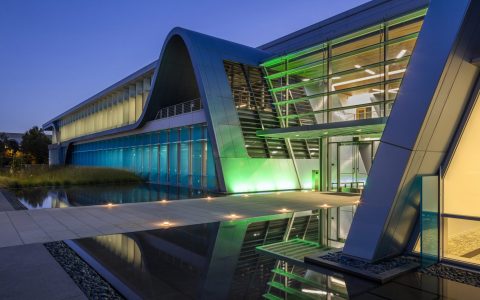Blackened plywood refers to plywood that has been intentionally given a dark, often black, surface finish. This treatment is primarily for aesthetic purposes, lending a modern, sophisticated, or rustic look depending on the method and final texture. It can also, in some cases, enhance durability.
Methods of Blackening Plywood
Several techniques can be employed to achieve a blackened finish on plywood:
- Charring (Shou Sugi Ban): This traditional Japanese technique involves charring the wood surface with fire. For plywood, this must be done carefully to avoid delamination. It creates a unique, textured black finish that can also increase resistance to insects and rot.
- Staining: Using black wood stains allows the wood grain to remain visible while achieving a deep black color. Multiple coats may be necessary to reach the desired opacity.
- Painting: Applying black paint (e.g., acrylic, latex, or oil-based) provides a solid, opaque black finish. The texture of the plywood may be obscured unless a thin coat or specific application technique is used.
- Ebonizing: This chemical process typically involves applying an iron solution (like steel wool dissolved in vinegar) to wood rich in tannins. For plywood, which may have lower or inconsistent tannin content, a pre-treatment with a tannin-rich solution (like black tea) might be needed before applying the iron solution to achieve a deep black.
- Dyeing: Wood dyes penetrate the wood fibers more deeply than stains, providing a rich, even color. Black aniline dyes are a common choice.
Key Characteristics & Benefits
- Aesthetic Versatility: Blackened plywood can suit various design styles, from minimalist and industrial to rustic and contemporary.
- Visual Depth: The dark color can add depth and contrast to interior spaces or furniture pieces.
- Concealment: A black finish can help hide imperfections or the less attractive grain patterns sometimes found in lower-grade plywood.
- Potential Durability Enhancement: Charring, in particular, can improve the wood's resistance to weathering and pests. Other finishes may offer some surface protection.
Common Applications
Blackened plywood is utilized in a variety of applications:

- Interior Wall Paneling & Cladding: Creates striking accent walls or full room finishes.
- Cabinetry & Furniture: Offers a bold, modern look for kitchens, shelving units, tables, and other furniture items.
- Ceiling Panels: Can create a dramatic effect or help to make a high ceiling feel more intimate.
- Retail Displays & Fixtures: Provides a contemporary backdrop for merchandise.
- Architectural Details: Used for soffits, feature panels, and other design elements.
Considerations
Plywood Grade & Type: Higher-grade plywood (e.g., Baltic Birch or cabinet-grade) will generally yield a better, smoother finish, especially if the grain is intended to be part of the aesthetic. The type of wood veneer will also affect the final look.
Surface Preparation: Proper sanding is crucial for most blackening methods (except perhaps heavy charring) to ensure even absorption and adhesion of the finish.
Sealant/Topcoat: After blackening, a clear topcoat or sealant is often recommended to protect the finish, enhance its durability, and prevent color transfer (especially for charred or stained surfaces). The choice of sealant (matte, satin, gloss) will also affect the final appearance.
Edge Treatment: Plywood edges can be left exposed and blackened, or edge banding can be applied before or after the blackening process for a more refined look.







